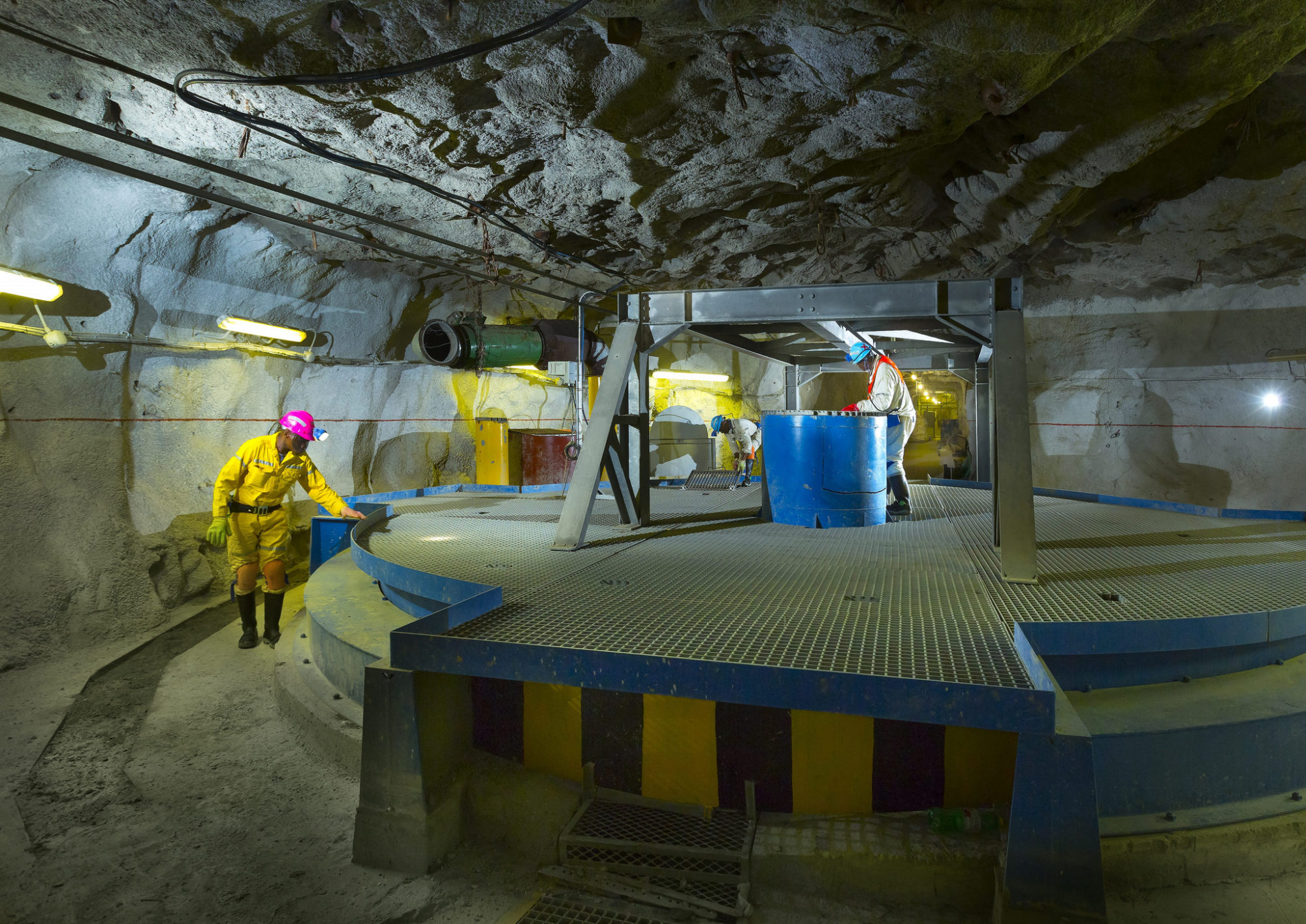In its annual report for 2017, Anglo American Platinum says it has continued its journey of innovation and technology development to achieve safety, productivity and cost benefits. Emphasis has been placed on modernisation
(drill, blast and cleaning technologies) of underground, in-stope operations at Amandelbult, automation of blast hole drilling at the Mogalakwena open pit operations and productivity of trackless mining operations at Unki.
“The primary focus of modernisation across the concentrators and Process division has been on throughput increases based on enhanced instrumentation and control systems coupled with expanded asset management practice and integration with the Anglo American Operating Model. We continue the trialling of new mining technology at Twickenham, and have made progress in rock cutting technology, which eliminates the need for explosives, and increases stoping and development efficiencies. Significant progress has been made with all elements of the narrow reef technology suite, such that deployment on a production basis at the Amandelbult 15E section
is currently being studied.”
Unki mine in Zimbabwe produced a record 165,900 PGM oz, an increase of 2% (2016: 162,000 oz). Platinum production was relatively flat at 74,600 oz (2016: 74,500 oz) and palladium production increased 5% to 64,400 oz (2016: 61,400 oz). Production increased due to an increase in tonnes milled, up 2% to 1.75 million due to improved underground productivity, while the 4E built-up head grade increased marginally to 3.47 g/t (2016: 3.46 g/t) due to improved mining reef cut and waste tonnes mined.
Mogalakwena produced a record 1,098,500 PGM ounces up 12% (2016: 980,100 oz), with platinum production up 13% to 463,800 oz (2016: 411,900 oz) and palladium up 13% to 508,900 oz (2016: 452,000 oz). Total production
included production from the Baobab concentrator plant of 83,500 PGM ounces (2016: 73,200 oz). Mogalakwena increased production through mining a higher-grade area within the current mining cut as per the mine plan, as
well as optimisation of the North concentrator plant which led to improved concentrator throughput and recoveries. Material was mined from the Zwartfontein pit which also contributed to higher grade, but at a lower recovery. The 4E built-up head grade increased 2% to 3.09g/t from 3.02g/t in 2016. Tonnes milled increased 8%.
Amandelbult has developed a strategy to improve the profitability of the mine by reducing the AISC. The key steps include: operational turnaround of the asset by increasing immediately stopeable ore reserves (IMS) at Dishaba
and implementing productivity improvements; developing the Dishaba UG2 project to mine the UG2 reef at Dishaba by utilising existing Merensky infrastructure at minimal capital investment; extracting the full value of metals mined and expanding chrome production; and assessing two capital light replacement projects at Dishaba (15E and 62E). The combination of these measures should enable Amandelbult to sustain production with no significant project capital expenditure in the medium term and reduce the AISC to $820 per ounce. Total production from Amandelbult in 2018 is expected to increase to between 900,000 to 940,000 PGM ounces (c. 450,000-480,000 platinum ounces).











